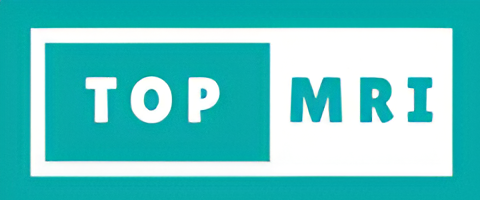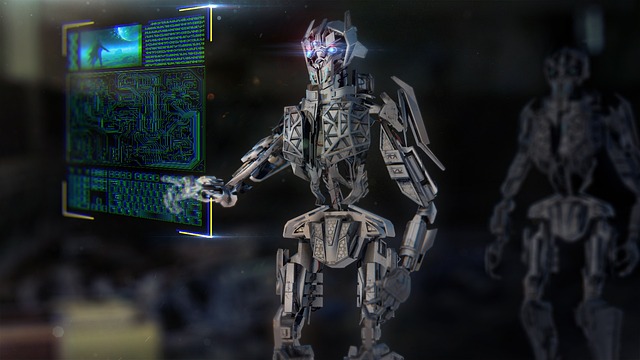
AI and Medical Diagnostics

Medical imaging plays a critical role in modern medicine, allowing doctors and healthcare professionals to diagnose and treat a wide range of conditions. Imaging technologies such as MRI (Magnetic Resonance Imaging) and CT (Computed Tomography) scans have revolutionized medical diagnostics, providing doctors with detailed images of internal organs, tissues, and bones. In recent years, advances in AI (Artificial Intelligence) technologies have further improved the accuracy and speed of medical imaging.
AI-powered medical imaging systems can process vast amounts of imaging data quickly and accurately, providing doctors with detailed information about a patient’s condition. For example, AI algorithms can help identify potential abnormalities in MRI or CT scans, allowing doctors to make more informed decisions about diagnosis and treatment. AI technologies can also help improve the speed and efficiency of medical imaging, reducing the time patients need to spend in hospitals or imaging centres.
One example of an AI-powered medical imaging technology is Deep Learning. Deep Learning algorithms use neural networks to analyse medical images, detecting patterns and anomalies that might be difficult for human doctors to spot. These algorithms can learn from large amounts of data, allowing them to improve their accuracy over time. Deep Learning has already shown promise in the detection of breast cancer, lung cancer, and other diseases, and it is likely to play an increasingly important role in medical imaging in the coming years.
Another area where AI is making a big impact is in medical image segmentation. Image segmentation is the process of dividing an image into multiple parts, allowing doctors to identify specific regions of interest. AI algorithms can help automate this process, making it faster and more accurate than manual segmentation. This can be particularly useful in cases where doctors need to identify specific regions of the brain, such as in the case of a stroke or other neurological conditions.
In conclusion, AI technologies are revolutionizing medical imaging and diagnostics, providing doctors with faster, more accurate, and more detailed information about their patients’ conditions. As these technologies continue to evolve, we can expect to see even more advances in medical imaging and diagnostics, improving patient outcomes and saving lives.
TopMRI.com is a platform that facilitates appointments for high-quality medical imaging, diagnostics, and radiology services at multiple centres and locations across the UK. Patients can use TopMRI.com to compare different medical imaging and diagnostic services in their area, helping them save time and money. The platform also uses AI technologies to help doctors interpret imaging data, improving the accuracy of diagnoses and treatment plans.